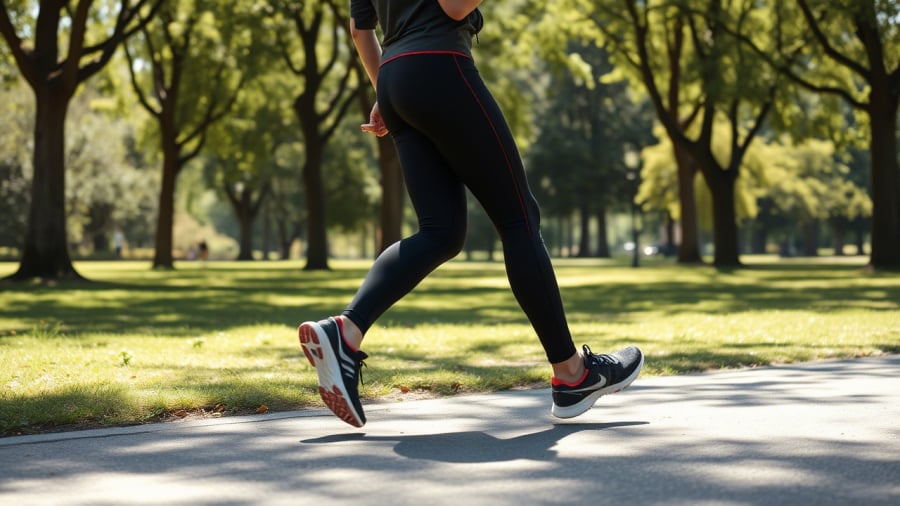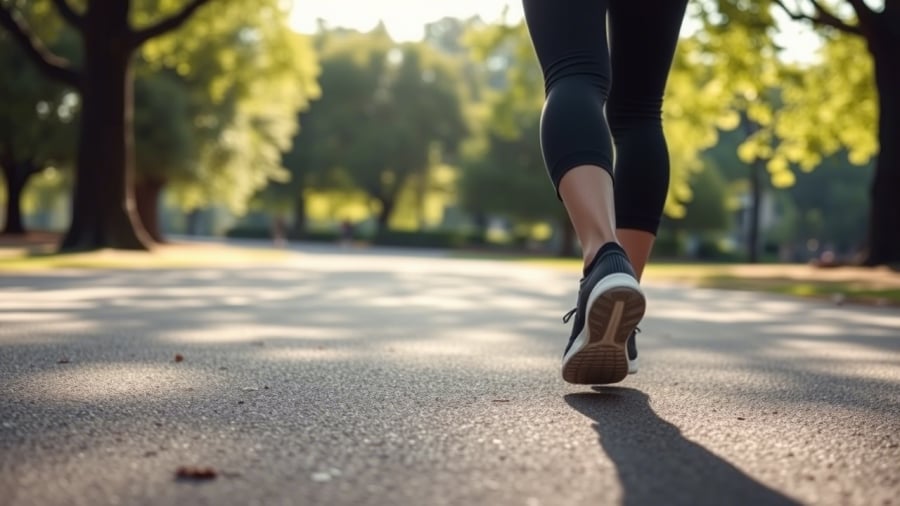Walking is often perceived as a simple activity, but there’s more to it than meets the eye. As Dr. Do Ngoc Anh shares, there are numerous factors to consider to optimize its benefits. Maintaining a correct posture and gait not only reduces the risk of injuries but also improves your physique, enhances cardiovascular health, promotes blood circulation, and contributes to sustainable weight loss. Additionally, walking correctly activates muscle groups effectively, aiding in body shaping and increasing flexibility.
Here are some common walking mistakes and how to correct them:
**Heel Walking (Walking on Tiptoes):**
> 
>
Figure 1: Over time, heel walking can lead to tight and unnaturally enlarged calf muscles and painful heels.
When you walk on the balls of your feet, all your body weight is transferred to your toes and ankle joints. This increases pressure on the joints and can cause chronic injuries in the ankle and knee areas. Heel walking can also lead to tight and unnaturally enlarged calf muscles, resulting in painful heels over time.
**Dragging Your Feet:**
Many people have the habit of moving without lifting their feet properly, resulting in a sluggish gait. This reduces the impact absorption capacity of the feet and can lead to issues such as knee joint pain, weak ankles, and muscle and ligament injuries over time.
**Excessive Foot Rotation (Causing Bowlegs or Knock Knees):**
> 
>
Figure 2: Excessive foot rotation can lead to knock knees or bowlegs and misaligned knee joints, causing chronic pain.
If your feet constantly turn inward or outward while walking, it misaligns your knee joints and muscle system. This not only causes deformities like bowlegs or knock knees but also leads to incorrect force distribution, increasing the risk of chronic inflammation and pain as you age.
**Incorrect Upper Body Posture:**
Walking with a hunched back, leaning to one side, or with your hands in your pockets reduces the stability of your gait and negatively affects your lower body’s bone and joint structure. This can lead to long-term issues like backache, hip pain, and pelvic misalignment.
**How to Walk Correctly and Protect Your Joints:**
Dr. Do Ngoc Anh recommends maintaining a straight body posture while walking, with your eyes looking forward, shoulders relaxed, a slightly tightened abdomen, and natural, relaxed knees. Take even strides, allowing your heels to touch the ground first, followed by a gradual transfer of weight through the soles to your toes before lifting the other foot.
Maintain a moderate pace, neither too slow nor too rushed. If you feel tired, take a break instead of forcing yourself to continue. Choosing the right shoes is crucial – opt for well-cushioned shoes with anti-slip soles and a comfortable fit. Avoid overly worn-out shoes to protect your joints and prevent unnecessary injuries.
If you experience prolonged pain, notice a change in your gait, or suspect any abnormalities in your hip, knee, ankle, or foot joints, seek timely medical attention to avoid severe consequences.

































